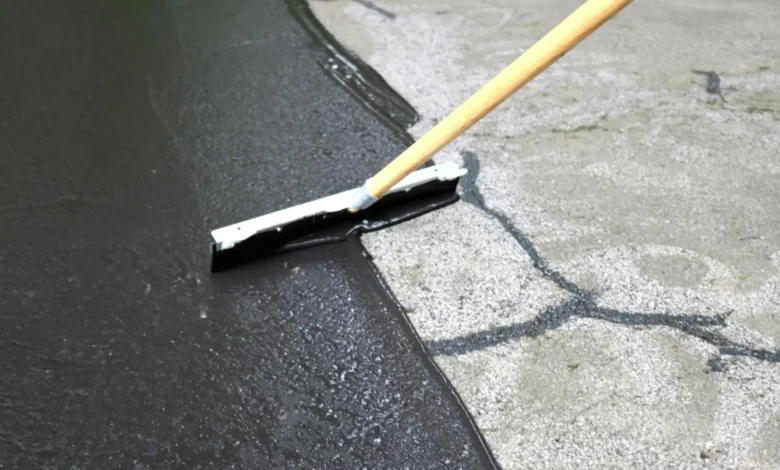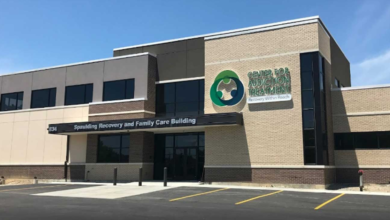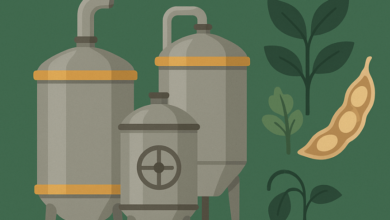How to Prevent Cracks and Damage in Your Driveway

Your driveway is one of the most important parts of your property, providing both functional and aesthetic benefits. However, with time, weather, wear, and traffic can cause cracks and damage, which may lead to costly repairs. Fortunately, with the right care, you can prevent damage and keep your driveway in top condition for years to come. Here are some practical tips on how to prevent cracks and damage in your driveway.
1. General maintenance and cleaning
For the reason that driveways become easily damaged, as they are also subjected to wear and tear sometimes. The driveways have to be continuously cleaned and dust debris, the fallen leaves pile up moisture hence causing cracks further forms of deterioration in it. Regular cleaning does not let ruin the driveway.
Sweep loose debris off your driveway with a broom or leaf blower. To scrub out tougher stains, pressure washing or driveway cleaning solution might be used. Always clean up spills right away, such as oil or petrol, before they have a chance to mark your surface.
One common issue homeowners face is an uneven concrete slab, which can create tripping hazards and affect the overall appearance of your driveway. Addressing these issues early through proper cleaning and maintenance can help preserve the integrity of the concrete and prevent costly repairs in the future.
See also: How to Select the Right Custom Home Builder: Key Factors to Consider
2. Seal Your Driveway
The best sealing of cracks and ways to protect the driveway is through sealing. Sealants provide a protective cover that does not allow water, oil, or other fluids to penetrate the surface and cause damage. The protective layer also does not allow the surface to become porous, which eventually may cause cracking.
On concrete or asphalt driveways, it is sealed every 2 to 3 years or as necessary depending on its condition. This sealant needs to be applied to a clean and dry driveway, and it must also have optimal sticking properties.
3. Repair cracks immediately
Prevention is good, but what’s most important is that whenever you see any crack or damage on your driveway, try to repair it. Cracks can allow water in, and during freezing temperatures, this water expands and can result in much greater damage. When you fix the minor cracks before they become bigger issues, you’ll avoid costly damages.
Fill cracks using simple crack filler or patching compound. These fillers are easy to apply and will inhibit the crack from growing any further. Be sure to follow the instructions for use on the package for the best results. You will need a professional for major cracks.
By acting quickly on repairing sunken concrete, homeowners can restore both the function and appearance of their driveways, and prevent the emergence of new cracks caused by uneven load distribution. Early repairs reduce the risk of more extensive—and expensive—damage down the line.
4. Proper Drainage
Damage of the driveways usually occurs through poor drainage. It causes accumulation of water at any point along the driveway where water sinks to make cracks and holes in a potholed driveway causing it to get eroded. Your driveway will lack chance of damage that may have to be sustained after a while by ensuring good drainage.
Ensure that the driveway is sloped correctly to enable water runoff. Then, go ahead and inspect the drains and gutters so that they are not blocked, as this would prevent water from flowing from the driveway. If need be, you should install more drainage systems, or regarded the surface to ensure good water flow.
5. Avoid Overweight
Heavy vehicles will also cause cracking on your driveway. Examples are trucks and massive machinery. Their presence causes unwarranted pressure. It would then be wise if you can set aside a ground, perhaps it is a piece of gravel area or a concrete. Then you put the heavy things there instead.
If you notice any evidence of damage, such as cracks or depressions, lighten the weight applied on that section until it is repaired. Using mats or other protective devices under tyres will help spread the weight more evenly and reduce pressure on your driveway.
6. Shield the Surface from Chemicals
Other chemicals such as oils, gas, and de-icing salts can damage the surface of your driveway. Oil spills stain the surface making it weak. De-icing salts induce cracking due to cold temperatures.
Clean spills immediately to prevent damage from chemicals as well as use the right cleaning agents on your driveway. Sand or kitty litter may also be used instead of salt in the winters to create traction that does not injure your driveway.
7. Periodical Inspection
One of the reasons of regular driveway inspection is spotting early problems occurring. Check around your driveway every once in a while for signs of potential damage such as cracks, stains or pooling water. If you identify any trouble, act immediately to worsen it.
In reality, you want to check at the joints and edges of the driveway because problems are more commonly found in such areas. Saving time and cost might depend on early interventions.
A well-maintained driveways in Teesside will make your home look beautiful while keeping your property safe and functional. All these can be achieved by simply following the above tips, thereby preventing cracks and damage that might lead to costly repairs on your driveway. Regular cleaning, sealing, and prompt repairs combined with proper drainage and weight management are some of the factors that will keep your driveway in excellent condition for years to come.




